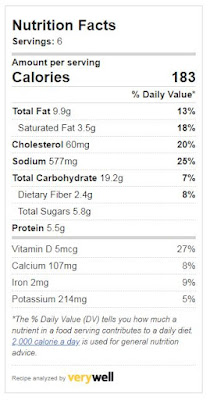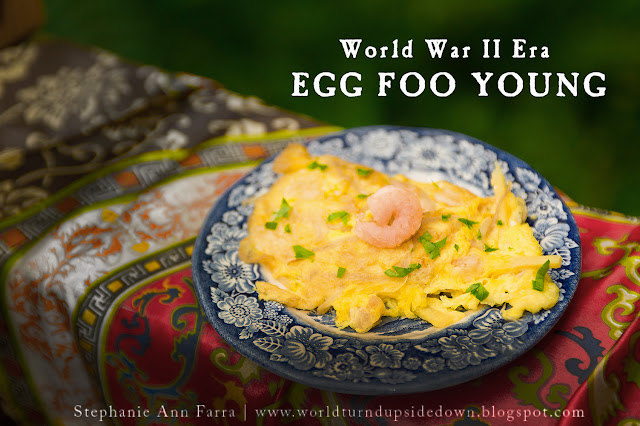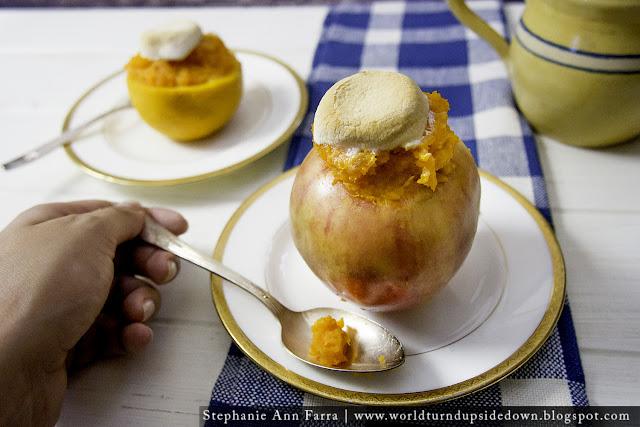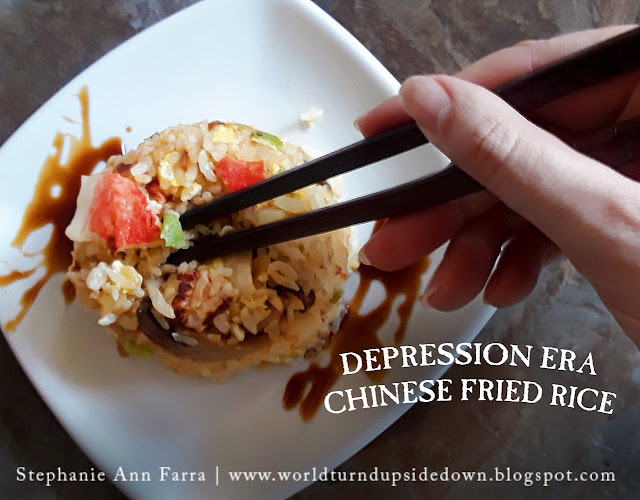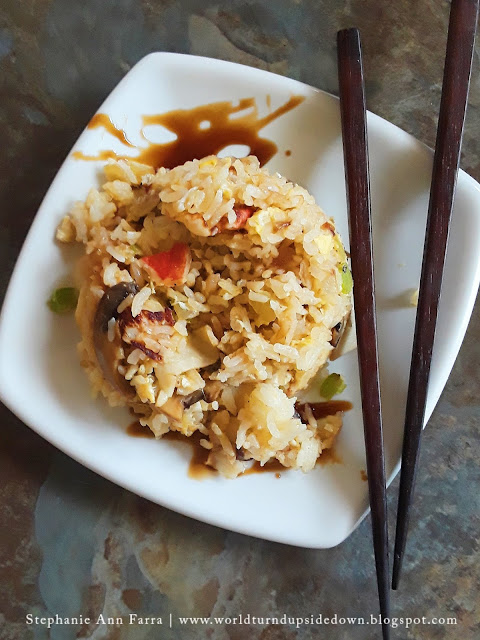Retired Lt. Col. Harry T. Stewart Jr. passed away at 101. Stewart was one of the legendary Tuskegee Airmen, a group of Black pilots who shattered racial barriers while fighting in World War II. Born in 1924 in Virginia, Stewart had dreams of flying from a young age. In 1943, he joined the U.S. Army Air Forces and became a fighter pilot with the 332nd Fighter Group—better known as the Red Tails.
During the war, Stewart flew 43 combat missions over Europe, escorting bombers and taking down enemy aircraft. His skill as a pilot earned him the Distinguished Flying Cross, a prestigious military honor. Despite proving their capabilities, Stewart and his fellow airmen faced discrimination both during and after the war. After the war, Stewart was denied jobs in the commercial airline industry due to his race.
After his military service, Stewart earned an engineering degree and became a successful business executive. His legacy stands as a testament to perseverance, excellence, and breaking racial barriers in aviation and beyond.
For Black History Month, learn more about the story of Harry Stewart Jr. and others like him who helped pave the way for future generations.
Books:
 |
| View on Amazon |
 |
| View on Amazon |
 |
| View on Amazon |

























